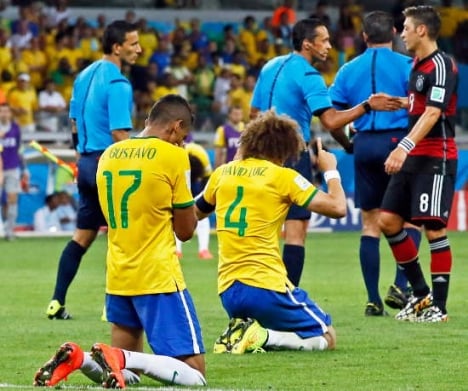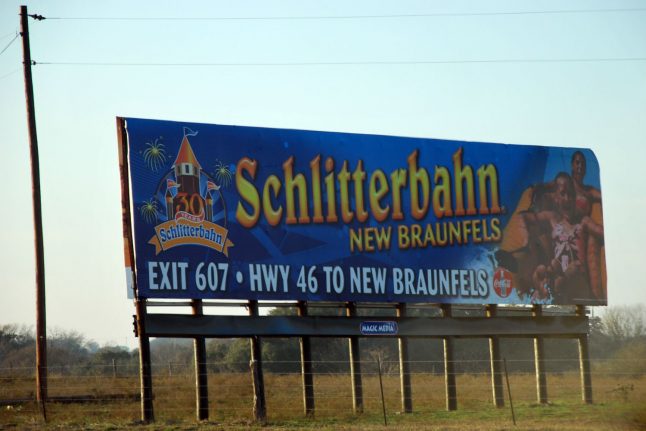The Germans take on Argentina in the World Cup final at Rio de Janeiro's iconic Maracanã Stadium with Löw hoping he and his team can deliver the nation's fourth world title.
No European side has won any of the eight World Cups held in the Americas, but Germany coach Löw says his side can write their names in the history books.
"Regardless of what has happened in the past, it is a matter of winning now and we know we can write history, because Latin American sides have been able to dominate on home soil," said Löw.
"And why not? It would be an extra joy for us if we were able to win the title on South American soil."
PHOTO GALLERY: Germany humble Brazil 7:1
This is the sixth time Germany will meet Argentina at the World Cup and the third time in the final – with both sides tied at 1:1 in terms of the title match.
Midfielder Bastian Schweinsteiger said the Germans are under 'no pressure', while Löw played down the importance of his first World Cup final after a decade as either assistant or head coach of Germany.
"For me, it's not the biggest challenge, each and every knock-out match is a special challenge," he said.
"I believe we are mature as a team, we have showed how well we can play over the last few years and we are marching forward.
"If we are beaten, yes we will be disappointed, but we won't crumble and I think this team has a future."
Argentina are looking for revenge after being drubbed 4:0 by Germany in the quarter-finals of the 2010 World Cup when Diego Maradona was in charge.
But Löw says there is no fear, only respect, in the German camp for Alejandro Sabella's Argentina.
Confidence is high amongst Löw's 'Mannschaft' in the wake of Tuesday's stunning 7:1 drubbing of hosts Brazil in the semi-finals.
"I have no fear whatsoever, there are going to be two teams who have had fascinating duels in the past," said Löw.
"Argentina have been very strong in this tournament, they are much better, more compact and organised in defence than in 2010.
"This team isn't just about (Lionel) Messi, if you believe that you're making a mistake.
"There are other fantastic attackers like Gonzalo Higuaín and Angel Di Maria, while Messi can determine a match, so it will be a gripping final.
"It will be very combative, they will try to keep the ball and the two teams will face off at the same level.
"We have the necessary self-confidence after the last few matches and if we can tap into our potential, we will win."
The Local will be running a live blog pre-match with all the latest news and analysis.




 Please whitelist us to continue reading.
Please whitelist us to continue reading.
Member comments